Disability and Twins: Growing Up Together
Having twins is one of the most challenging and indeed, rewarding experiences a mother can have. Take all of the stresses of a new born baby and then double them. Two hungry mouths, two full diapers, two little people that need equal care and attention. This means, of course, that love is doubled – making all of the sleepless nights and the tandem breast feeding sessions totally worth it.
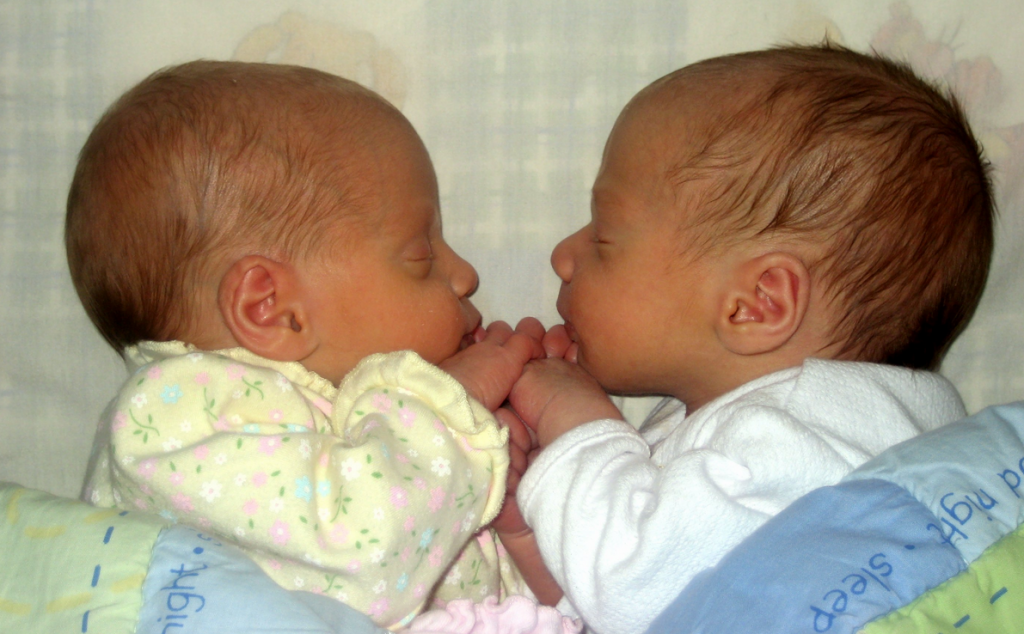
I should know – I am a twin! I was born 20 minutes after my twin brother and my mum will often tell stories of our babyhood. At the time, my big sister was 2 years old, making for a pretty stressful environment for my fulltime professional parents. However, imagine just how much harder having twins would be if one or both of the babies were not healthy.
Sadly, research shows that there’s a higher risk of disability in multiple births (twins, triplets, quads etc). Prematurity is largely responsible for this because twins rarely enjoy a full-term pregnancy (36 weeks in comparison to the average 39-40).
In fact, a significant 30% of multiply babies are born six weeks premature, greatly increasing their risk of disability. This can put a huge pressure on expecting couples, especially if they need to adapt their homes, their cars and their working lives to accommodate two disabled babies.
Risk of Cerebral Palsy
The National Institute of Neurological Disorders (NINDS) and the California Birth Defects Monitoring Program (CBDMP) also found that twin pregnancies produce a child with cerebral palsy more than 10 times as often as single-birth pregnancies. The study determined that the nature of twin pregnancy – which is often very high-risk for children and their mothers – is strongly associated with cerebral palsy. This matter is exacerbated by the fact that IVF treatments, which have soared in popularity since scientific advances in the 80’s, often release and fertilize more than one egg.
And yet, it’s been said that the strength of the twin connection, the solidarity and the shared experience, can help siblings to deal with their disabilities more effectively than children experiencing disability alone. Indeed, there are countless stories of inspiration, of twins with disabilities helping each other to overcome their illnesses and achieving greatness through unity.
Blind Twins Mobilize Learning
Michael and Dan Smith, for example, are identical twins, students and the new ambassadors of UltraCane, a new mobility aid for blind and visually impaired people. Both twins were born with the rare Leber’s Optic Neuropathy, a condition that causes a rapid loss of vision. Despite this, Dan is training to be an aeronautical engineer at Bristol University and Michael plays for the Great British blind-football squad whilst studying at King’s.
UltraCane is an advanced electronic mobility device that uses ultrasound technology to forewarn users of upcoming obstacles. Michael said: ‘I am really looking forward to promoting the UltraCane to the many talented blind people I meet in schools, universities and business. They need to know mobility technology has progressed since the 1930s when the standard white cane became the accepted tool.”
If that isn’t impressive enough, in 2012 the twins completed a tandem bike ride from London to Amsterdam. They raised over £17,000 for Blind in Business and are planning even more charity work in the future.
Wheelchair Swing for Wellington Twins
James and Libby Waechte, 12 year old twins from Wellington, USA, both suffer from cerebral palsy. Until recently, their disability meant that they had never experienced the simple pleasure of riding on a swing in the local park. That was until a group of construction management students from CSU’s CM Cares built a huge wooden swing in their back garden. Resembling a pirate ship, the swing has been especially designed to accommodate both of the twins’ electric wheelchairs, including a long, wide ramp for ease of access. “This is just a whole other level of freedom,” their mother Katie said.
Kyle Snow, a senior construction management student and the projects team leader, estimated that the swing cost around $20,000 to build. However, that cost was cut drastically thanks to the generosity of the local community, who donated their time, materials and expertise to realize the twins’ dreams of a proper playtime. Far from just encouraging each other, James and Libby brought their community together and reminded many of the importance of childhood.
Watch them enjoying their new swing in the video below.
The BMX Twins
When an expecting Maragda was told that she had Twin-to-Twin Transfusion Syndrome, she expected the worst. The blood supply of her twin fetuses had become connected, meaning they now shared a blood supply. As is often the case with transfusion syndrome, blood was being transferred disproportionately from one twin (the “donor”) to the other (the “recipient”), causing inferior development in the donor.
When Guillem and Jubal were born, this disparity quickly became apparent. Jubal had been suffering from gangrene whilst inside the womb, meaning his whole leg had perished and needed to be amputated. “Initially, I was told not to name the children as they could not tell me for sure if they would survive,” Maragda says in a mini-documentary that was made about the twins, now both in their teens.
These days, the twins are pro BMX riders in training. Supported by paralympian Juan Jose Mendez – who only has the use of his right arm and his right leg – Jubal is as every bit the confident and brilliant BMXer as his twin brother Guillem.
“A doctor once told me Jubal was very lucky, having a twin brother,” their mother said, “And it’s true. Guillem is his brother’s pillar. He encourages him; he is always by his side. In fact, I’d say he knows best what Jubal is capable of.”
This is guest post by Emily Buchanan Thank you, Emily, for such an informative post. As you may know I have twin boys and I am always interested in twin stories.
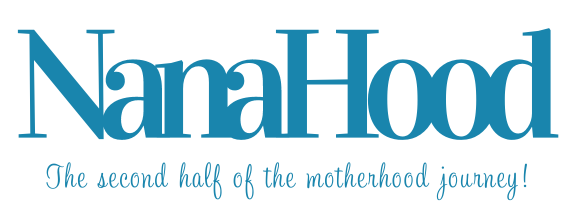

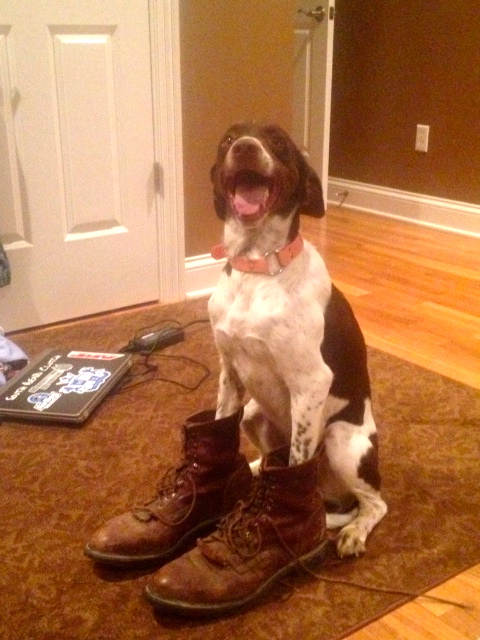

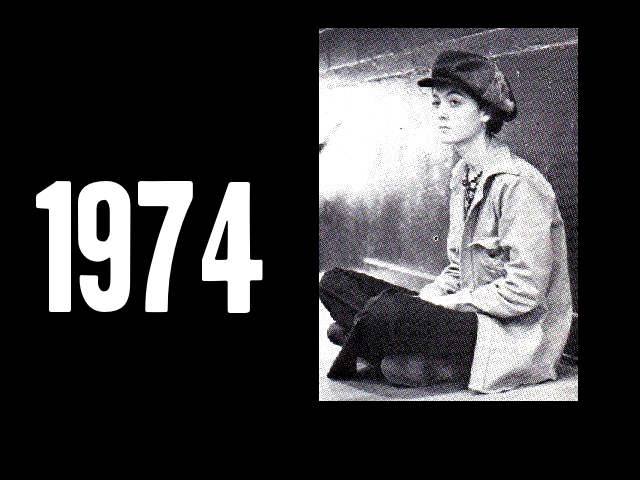
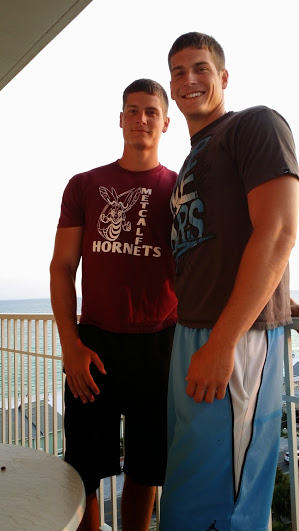
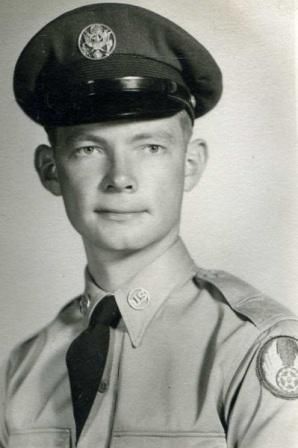
Thanks for stopping by Crystal, I appreciate your comment!
Good to hear from you Judy! Hope you had a great weekend! Teresa
Wow, I;m sorry about your loss but happy that two made it. I can’t imagine how hard that must have been. Thank you so much for stopping by NanaHood and for sharing such a personal story. Blessings to you! Teresa
It is amazing! Thanks for commenting, Nicole!
It’s amazing what the twins (and parents) featured in this post were able to accomplish. I’m inspired.
Interesting read. I had a set of fraternal twins and identical twins, at the same time… Triplets. Unfortunately, they were born at 30 weeks and my son Alexander passed away at 9 days old due to prematurity complications. Fortunately, both of my other two are happy and healthy kids with none of the problems that statistically, they should have. We lost one lottery but won another.
Besos, Sarah
Blogger at Journeys of The Zoo
Very interesting post about twins! I was born one of twins and have several twin relatives. Thanks for sharing and hosting Emily and Teresa.
I had no idea there was such a high risk for twins to be disabled. I can only imagine what challenges parents would face in that situation, but it is great to know there is so much information and support in today’s world.